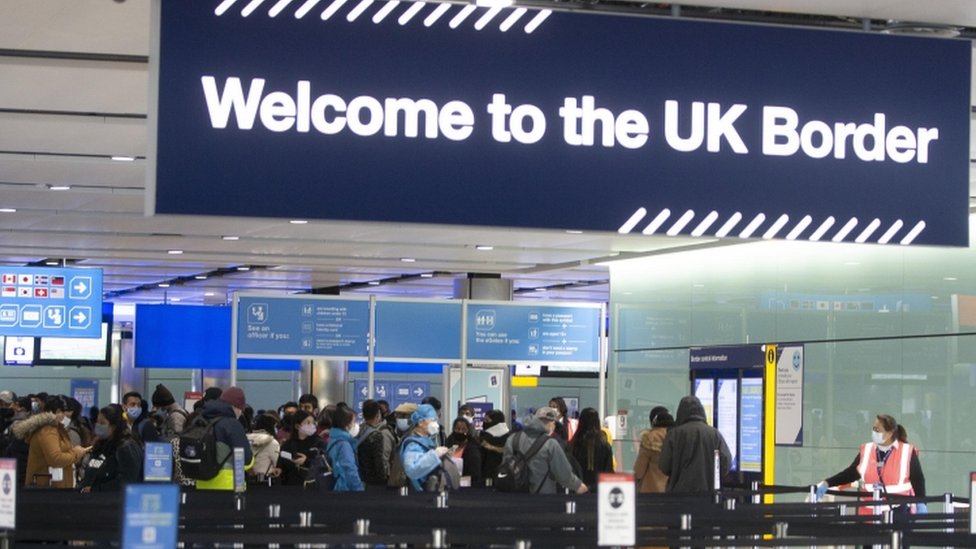Metal Machining Setters and Setter-Operators, classified under SOC Code 5221, are skilled professionals who play a crucial role in the metalworking industry. Their responsibilities involve precise technical operations, contributing to the fabrication of metal components through various machining processes. Below is an overview of their primary functions and the industry's demand:
- Examines Drawings and Specifications: Determines the appropriate method and sequence of operations for each machining task.
- Selects Tools and Devices: Fixes work-holding devices and selects suitable cutting, shaping, grinding, or forming tools.
- Sets Machine Controls: Adjusts controls for rotation speeds, depth of cut, and stroke; modifies machine table, stops, and guides as required.
- Operates Controls: Engages automatic or manual controls to feed tool to workpiece, ensuring accurate results throughout the machining process.
- Monitors Production Accuracy: Checks the accuracy of machining, making necessary adjustments, including repositioning workpieces, changing tools, and resetting machines during the production run.
- Instructs Operators: Trains and instructs machine operators on the safe and correct operational methods to ensure compliance with industry safety standards.
With the growth of manufacturers and the increasing complexity of metal machining tasks, the demand for qualified metal machining setters and setter-operators continues to rise. This guide aims to assist HR professionals in navigating the hiring and sponsorship of skilled machinists under the UK’s immigration system.
What is SOC Code 3411 for Metal machining setters and setter-operators?
SOC Code 5221 refers to metal machining setters and setter-operators who play a vital role in the production of machined components. Their responsibilities can include:
- Examining specifications: Analyzing drawings and specifications to determine the appropriate method and sequence of operations.
- Selecting tools: Choosing and fixing work-holding devices, as well as selecting cutting, shaping, grinding, and/or forming tools.
- Setting machine controls: Adjusting machine controls for rotation speeds, depth of cut, and stroke, while also adjusting the machine table, stops, and guides.
- Operating machinery: Using automatic or manual controls to feed tools to the workpiece or vice versa, and checking for accuracy in machining.
- Repositioning workpieces: Changing tools, resetting machines, and repositioning workpieces as necessary during the production run.
- Instructing operators: Teaching operators the safe and correct methods of machine operation.
Metal machining setters and setter-operators are essential in ensuring precision and quality in manufacturing processes, significantly contributing to the efficiency of production lines.
Eligibility to Hire Metal machining setters and setter-operators (SOC Code 3411)
1. Job Requirements
Metal machining setters and setter-operators must possess specific skills and qualifications to effectively perform their roles. These may include:
- Technical Skills: Proficiency in interpreting technical drawings and specifications to determine machining methods and operations.
- Experience: Prior experience in setting up and operating machining equipment, with a proven track record in metal machining.
- Tool Knowledge: Familiarity with work-holding devices, as well as cutting, shaping, grinding, and forming tools.
- Machine Controls: Ability to set and adjust machine controls, including rotation speeds, depths of cut, and stroke parameters.
- Quality Control: Capability to check the accuracy of machining processes and make necessary adjustments to ensure precision.
- Safety Awareness: Knowledge of safe operating procedures and the ability to instruct others on the correct methods of machine operation.
Ensure that these qualifications align with SOC Code 5221 and that the setter-operator’s experience and skills meet the expectations for the role.
- Salary Thresholds
- Use the Minimum Salary Calculator to ensure your salary offer meets immigration requirements.
Sponsoring Metal machining setters and setter-operators: A Step-by-Step Guide for HR Professionals
Once you’ve confirmed that the role and candidate meet the eligibility requirements, follow this step-by-step guide to sponsoring Metal machining setters and setter-operators under SOC Code 5221.
Step 1: Obtain a Sponsor Licence
Before hiring non-UK Metal machining setters and setter-operators, your company or institution must obtain a sponsor licence. This licence enables you to legally sponsor overseas Metal machining setters and setter-operators under the Skilled Worker Visa program.
- Sponsor Licence Application: Submit documentation proving that your business is legitimate and has a genuine vacancy. Visit the sponsor licence application guide for more information.
- Sponsor Licence Fees: Small businesses typically pay £574, while larger institutions pay £1,579. For more information, visit the sponsor licence fees guide.
- Processing Time: Applications typically take up to 8 weeks, but using the Sponsor Licence Priority Service can reduce the processing time to 10 working days.
Once your sponsor licence is approved, you will receive a sponsor licence number, which allows you to assign Certificates of Sponsorship (CoS).
Step 2: Assign a Certificate of Sponsorship (CoS)
Once you have your sponsor licence, the next step is to assign a CoS to the Metal machining setters and setter-operators. This document provides key details about the job and the individual being sponsored.
- Defined vs Undefined CoS: Use a Defined CoS for Metal machining setters and setter-operators applying from outside the UK, and an Undefined CoS for those already in the UK. Learn more in the Defined & Undefined Certificates of Sponsorship guide.
- Required Documents: Provide details such as the Metal machining setters and setter-operators’s portfolio, passport and job offer. Refer to Documents Required for Certificate of Sponsorship for a full list of necessary documents.
Step 3: Apply for the Skilled Worker Visa
Once the CoS is issued, the Metal machining setters and setter-operators can apply for the Skilled Worker Visa.
- Visa Fees: Fees vary depending on the role and visa length—use the visa fees calculator to estimate the costs.
- Immigration Skills Charge: Employers are required to pay this charge as part of sponsoring non-UK workers. This is separate from visa fees.
Conducting a Right to Work Check for Metal machining setters and setter-operators
Before the Metal machining setters and setter-operators begins working, you must conduct a right to work check to ensure they are legally allowed to work in the UK.
- Manual Right to Work Check: Verify original documents such as the Metal machining setters and setter-operators’s passport and visa.
- Online Right to Work Check: If the Metal machining setters and setter-operators holds an eVisa, you can use the UK government’s online system to verify their right-to-work status.
For more details on how to perform these checks, see the right to work check guide.
Post-Hiring Responsibilities and Compliance
- Record-Keeping and Reporting
- Record-Keeping: Maintain accurate and up-to-date records of the Metal machining setters and setter-operators’s employment details, salary and contact information.
- Reporting Changes: Report any significant changes to the Metal machining setters and setter-operators’s role—such as promotions or salary increases—via the Sponsor Management System (SMS).
- Sponsor Licence Duties and Compliance
- Failure to comply with your sponsor licence duties can result in penalties or sponsor licence revocation, impacting your ability to sponsor future Metal machining setters and setter-operatorss.
How Borderless Can Help with Sponsoring Metal machining setters and setter-operators
Sponsoring Metal machining setters and setter-operators under SOC Code 5221 can be a complex process, but Borderless can simplify it for you. We offer comprehensive support to help you manage the entire sponsorship process.
End-to-End Sponsorship Support
At Borderless, we assist with:
- Sponsor Licence Application: Guiding you through the application process and ensuring all required documents are submitted correctly.
- Certificate of Sponsorship Assignment: Streamlining the CoS process to make hiring easier.
- Compliance Management: Helping you stay compliant with immigration laws to avoid penalties.
If you need assistance with hiring or sponsoring Metal machining setters and setter-operators, get in touch for personalised support.
Conclusion
Hiring and sponsoring Metal machining setters and setter-operators under SOC Code 5221 can be a rewarding way to enrich the cultural landscape of your organisation. By following the steps outlined in this guide, you can successfully navigate the sponsorship process while ensuring compliance with UK immigration laws.
For further guidance, Borderless is ready to assist you with all your sponsorship needs. Contact us for expert advice.
Automate Home Office Audits with Borderless
The Borderless platform provides a centralized system for all sponsorships, automating reminders for key tasks and ensuring best practices across your organization, simplifying audit preparation and ongoing compliance.






